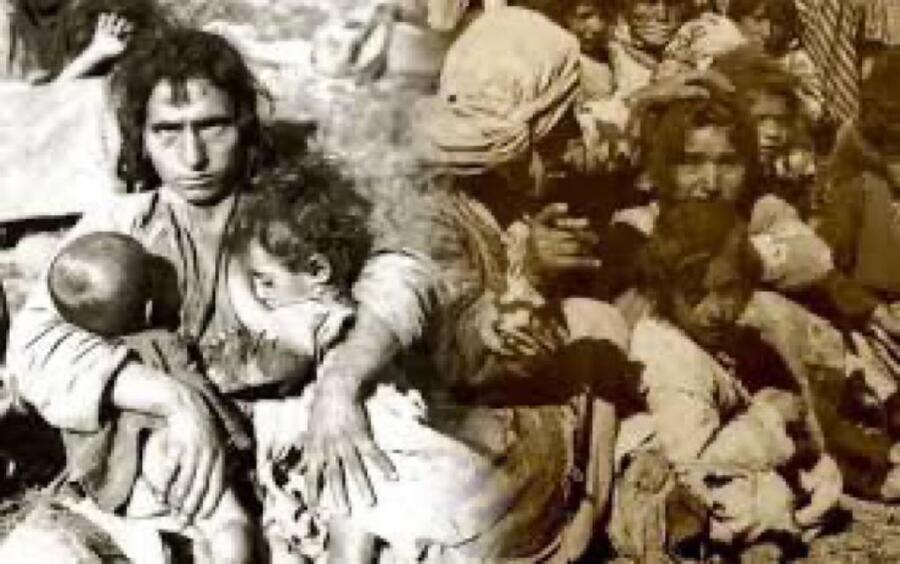Kurdshop – The displacement of Kurds by the occupying states, especially in the early 20th century by the Ottomans and later the Turkish state as a continuation of Ottoman rule, caused great damage to the Kurdish people, and this policy was aimed at changing the demographics of Kurdistan and on the other hand destroying the culture and identity of the Kurdish people.
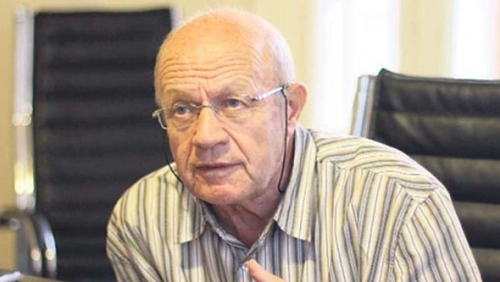
In this regard, the author, sociologist, and friend of the Kurdish people, Professor Ismail Besikci, has done a lot of research on this subject; he says, "There are some periods in Kurdish history that must remain hidden forever, in the dark and unexplained. There are special efforts to keep them in the dark. The deportation of the Kurds in 1916 is a similar period."
He also says: The years of 1914-1915 were very important years for the Armenian people. During those years, the Armenian genocide was committed, and, if not in Turkey is available, it was carefully investigated in Western countries based on documents. Many important works have been published on this subject in Turkey in the past 10-15 years, and they are still available. However, the torture and deportation of the Kurdish people in 1916 were not given enough attention in Turkey or the West. On the contrary, special efforts are being made to keep these events in the dark. However, the deportation of Kurds has been carried out on a large scale and in a covert operation.
From Jakop Kunzler's (1871-1949) book, "In the Land of Blood and Tears, Things Happened in Mesopotamia, During the World War 1914-1918," published by Balga Press and translated in Istanbul in 2012 by Perim Ozan, the situation is interestingly described. From 1899-1922 Jakop Kunzler worked as a hospital supervisor in Raha, a Swiss hospital belonging to the East German missionary. He witnessed the Armenian genocide in 1915 and the Kurdish forced migration in 1916 and wrote about his life experiences in the 1920s.
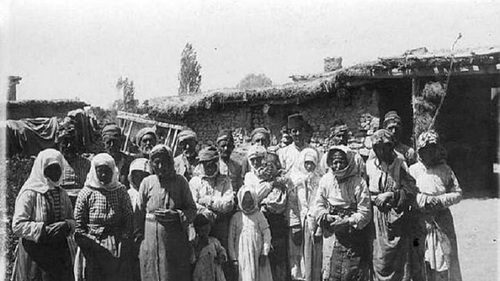
Jacob Kunzler is a close witness to the Armenian genocide and Kurdish deportation. He may be the only witness. The transcription of what he experienced and his notes in 1920 is valuable.
Jacob Kunzler says that the Armenian genocide has been widely studied in the West, but no one talks about the forced deportation of Kurds, and says, "The racist Turks wanted to destroy the Armenian roots on the one hand and the Kurds who were Muslims like them on the other to forcibly deport them and displace them, but no newspaper in Europe has written this."
First, they did what they could to the Armenians. They displaced the Kurds on the pretext that they were unreliable and might migrate to Russia. I don't know how much the Kurds led the Turks to believe that, but what I know is that the Kurds fought bravely at the beginning of the Russian war. What the Turks did to the Kurds was unprecedented dishonesty and betrayal. Among them were a number of Kurdish officers who did so.
In the winter of 1916, Kurds were deported from Jabakhjur, Palu, Mus, Erzurum, and Badlis provinces. About 300000 Kurds were forcibly relocated south. They first settled in northern Mesopotamia, then more around Raha. However, a number of them also settled in the west and around Dilok and Mar’ash. In the summer of 1917, they were all transferred to the Konya Plain. The young Turks wanted to cut off the Kurds from their country. Gradually mix the Kurds with the Turks of central Anadulu and gradually eliminate the Kurdish presence.”
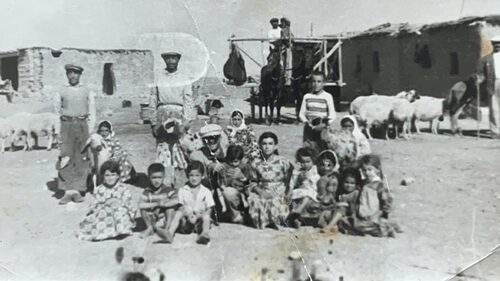
The treatment of the Kurdish was very different from that of the Armenians. They were not hindered on the way, and no one cared about them, but the most dangerous thing was that the deportation began in winter. When the Kurdish convoys arrived in a Turkish village at night, the villagers closed their doors in fear. That is why these poor people spent the night in the rain and snow. The next day, the villagers would go out and dig mass graves for those who had died from the cold.
On the other hand, a book by "Jalal Tamal" was published in 1916 on the forced deportation of Kurds. The full title of the book is Kurdish Deportation during the World War and the Policy of Mass Immigration by the Union and Progress (1913-1918).
According to Ismail Beskci, Jalal Temal has researched Jacob Kunzler's book well in his book and also highlights the same topics.
In his research, Jalal Tamal describes the forced displacement of Kurds during the 1916-1917 World War. According to his documents, more than 800000 Kurds have faced forced migration. Very few of them were able to reach central and southern Anadulu and settle in their assigned areas. On September 3, 1919, in the 24th issue of the magazine "Zhin", Khezanzadeh Kamal Fawzi described this sad situation:
- Yes, they, those who were forcibly displaced from Badlis, Mus, Van, and Erzurum? Yes, they stand on the land of Raha, many people, godless people seeking happiness. Oh, yes them! They died in a desolate area, without any help, without a country, and without their children seeing a piece of bread. Their suffering is a memory for us and will never heal.”
Jalal Tamal began his investigation with the cry of “Khezanzadeh Kamal Fawzi”.
In the introduction to his research, Jalal Tamal publishes the following information: “There are many things in this book that were ignored, hidden, unknown or little known about by the Ottoman government during World War I. There is a fact such as the dramatic forced deportation of Kurds. In order to understand this fact, I have had to write at length about it first of all, and I will say that it will be useful to read this introduction."
In his research on the forced Kurdish migration in 1916, Jalal Tamal talks about all aspects of this migration. The preparations for the large Kurdish deportation, the relevant official documents, and the decision to carry out the deportation are explained in detail. He also says that the massive Kurdish deportation continued in 1917. The deportation of Kurdish leaders is a particularly important point. All this has been carefully thought out and planned.
Husein Pasha Kor, Abdulmajid Bag Sipkani, the family of author Yasar Kemal, Sadraddin Yuksel, the family of author Hasan Kiafat, Hozan Ruhi Su, and villagers of Burunagil village in Konya district of Kulu are among the immigrants.
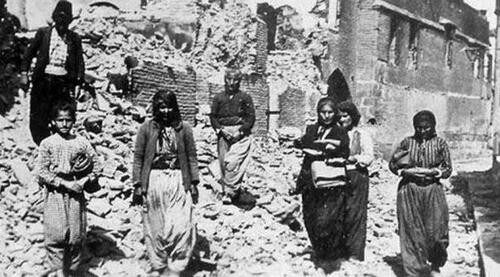
According to the investigation, these areas will be evacuated from Armenians and Kurds and replaced by immigrant families from the Caucasus and the Balkans.
The suffering experienced after the forced displacement of the Kurds is also effectively described.
Both the Armenian genocide and the massive Kurdish deportation in 1916 at a time when Western countries described the Ottoman Empire as a "sick man" are very interesting. It is strange that the sick man plans such a deep and widespread operation against both the Armenian and Kurdish nations and can carry out his plan so widely. This is a matter of research.
What was the main reason for the massive migration of Kurds?
The main reason for the displacement of Kurds is the state's assimilation policy, and within this framework, the state wants to eliminate them. Thus, they assimilated the Kurds in the Turkish way, a policy established during the time of the Union and Progress. The Kurdish migration in 1916 was an implementation of this policy. These policies and practices have been carried out decisively and consistently in the Republic of Turkey. Kurds make up 10 percent of the rural population in central Anadulu. They also make up 5 percent of the population of some villages and have been deliberately settled as such. This practice has been set up as an appropriate basis for the assimilation and distortion of the Kurds. On the other hand, during the Republic of Turkey, the deportation of Kurds in 1934 with the Settlement Act 2510, criteria of 10 percent or more were considered.
During the Republic of Turkey, the most important state policy towards the Kurds was the prohibition of the Kurdish language. The ban on Kurdish is being carried out in conjunction with the necessary operations to distort the identity and assimilate the Kurds. In the 1930s, in some cities, villagers were fined for speaking Kurdish in the market, and this fact was mentioned by the majority of Kurds at the time.
Today, many Kurdish authors and intellectuals who talk about the past say that I did not know a single Turkish word when I started studying. We, Kurdish children, were beaten, insulted, and taught Turkish by our families. They did what they could to make us forget Kurdish.
Finally, the writer, sociologist, and friend of Kurds, Professor Dr. Ismail Besikci, says the main question should be: What should be the main demands of the Kurdish opposition and organizations in the 1960s, 1970s, 1980s, and after that till now? Which request should come first? The government is making a serious effort to forget the Kurdish language and make it no longer a spoken one. What should Kurdish organizations do to keep the Kurds?
According to some documents, the number of forcibly displaced Kurds is more than one million.
At least 7000-8000 people are said to have died during the displacement.
The deportation of Kurds continues to this day as a policy of the Republic of Turkey and at least 10 million Kurds have become victims of this policy.
The number of Kurds who have died due to the policy of oppression, persecution, and genocide is more than a million people.

